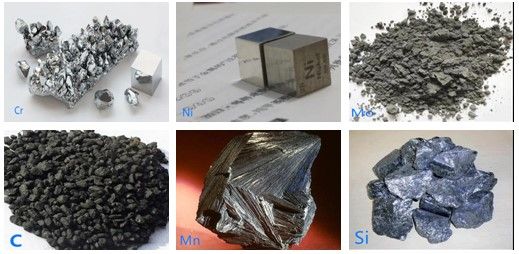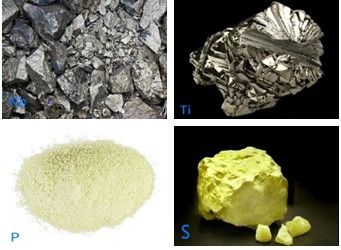Welcome to Qingdao Dashang Metal Co.,Ltd!
Alloying elements have a great influence on the metallographic structure, mechanical properties, physical properties and corrosion resistance of stainless steel
The function of an important alloying element of austenitic stainless steel.
Chromium (Cr)
Only when the content of chromium in the steel exceeds 10.5% can the passive film on the surface of stainless steel be formed, which can effectively resist the corrosion of corrosive substances. The higher the chromium content, the higher the corrosion resistance. Therefore, the chromium content of many brands is much higher than this value. The chromium content of high-performance austenitic stainless steel is as high as 20%-28%.
The main role of nickel (Ni)
In stainless steel is that it changes the crystal structure of steel. Nickel can promote the stability of the passivation film of the stainless steel workpiece after the passivation treatment, and improve the thermodynamic stability of the stainless steel workpiece. Therefore, the coexistence of chromium and nickel in stainless steel workpieces can significantly enhance its rust resistance and corrosion resistance. Nickel is beneficial to the high temperature oxidation resistance of stainless steel workpieces, and nickel can significantly improve the plasticity and toughness of stainless steel.
Molybdenum (Mo)
Molybdenum can improve the pitting and crevice corrosion resistance of steel in a chloride environment. Under the combined action of molybdenum and chromium, especially nitrogen, the performance of steel in these environments is improved. This synergy makes high-performance austenitic stainless steel have strong resistance to pitting and crevice corrosion.
Carbon (C)
Carbon stabilizes and strengthens the austenitic phase. The carbon content of most austenitic stainless steels is usually limited to the lowest achievable level.
Nitrogen (N)
Nitrogen stabilizes and strengthens the austenitic phase and improves the crevice corrosion resistance. Some high-performance austenitic stainless steels contain up to 0.5% nitrogen.
Manganese (Mn)
Steel mills use manganese to deoxidize molten steel, so a small amount of manganese remains in all stainless steel. Manganese can also stabilize the austenite phase and increase the solubility of nitrogen in stainless steel. Therefore, manganese is used to replace some of the nickel in the 200 series stainless steel, increase the nitrogen content, and improve the strength and corrosion resistance.
Silicon (Si)
Silicon can improve the corrosion resistance of steel in a concentrated acid environment and a highly oxidizing environment.

Niobium (Nb) and titanium (Ti)
These two elements have the effect of reducing carbon content and reducing sensitization. Meet the requirements of high temperature strength and weldability.
Sulfur (S) and Phosphorus (P)
The beneficial effect of sulfur on the performance of stainless steel is to improve the machinability; the main hazard is to reduce the hot workability, increase the number of manganese sulfide impurities, and reduce the pitting resistance of stainless steel. The sulfur content should be kept as low as possible, about 0.001%. Sulfur is not added as an alloying element to austenitic stainless steel.
However, the sulfur content of standard stainless steel is generally high (0.005%~0.017%), the purpose is to increase the weld penetration of self-fusion welding and improve the machinability.
Phosphorus is a harmful element that will adversely affect the hot workability of forging and hot rolling. During the cooling process after welding, it will also increase the probability of thermal cracking. Therefore, the phosphorus content is always controlled to the lowest achievable level.
